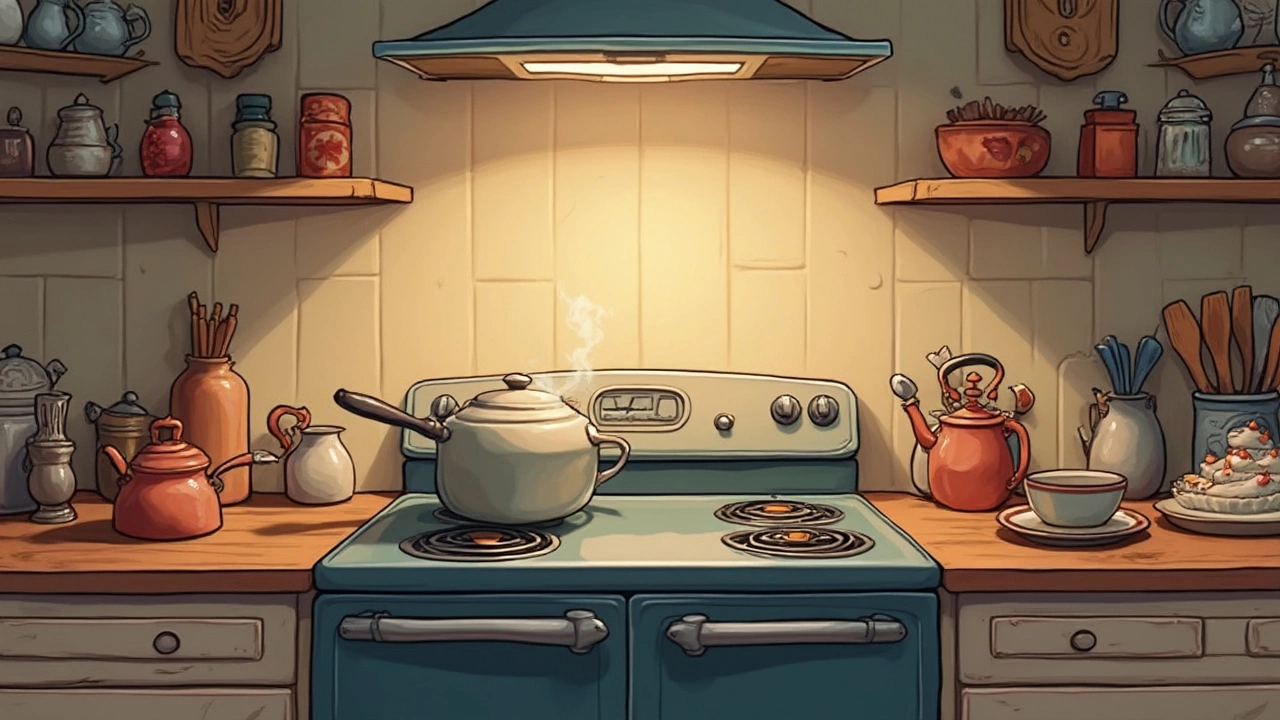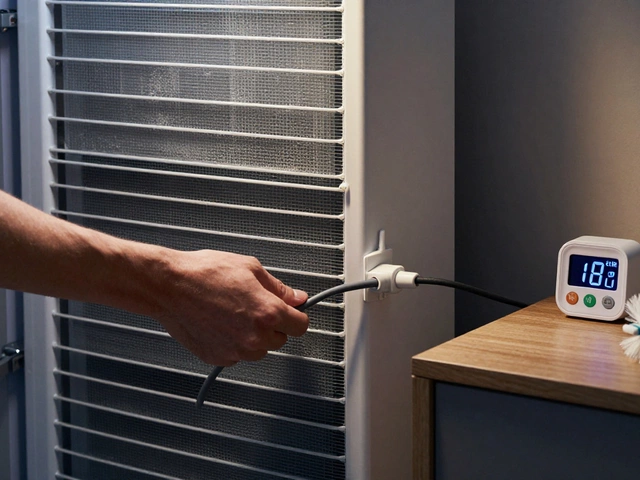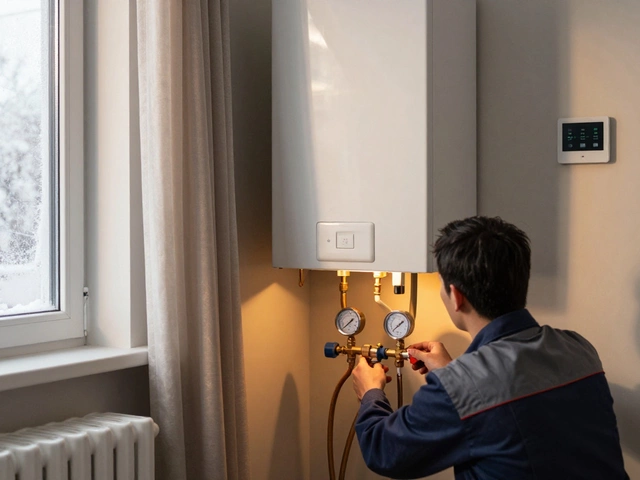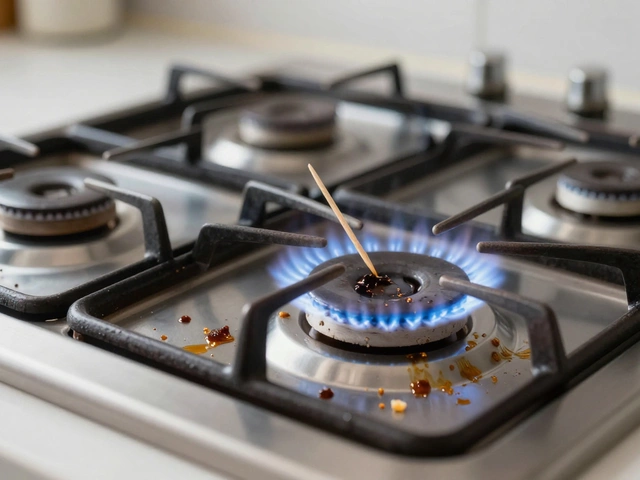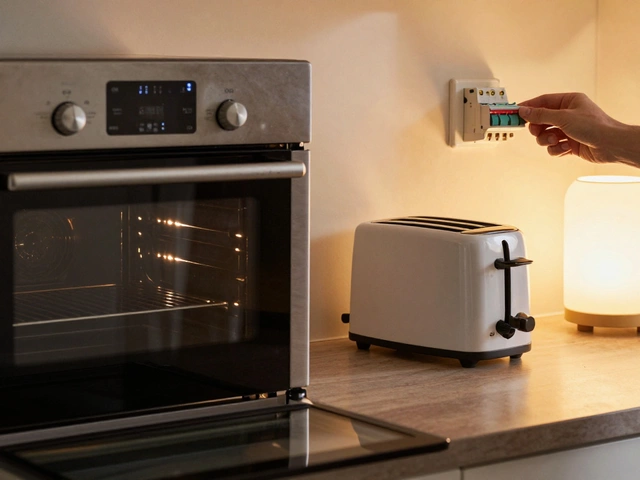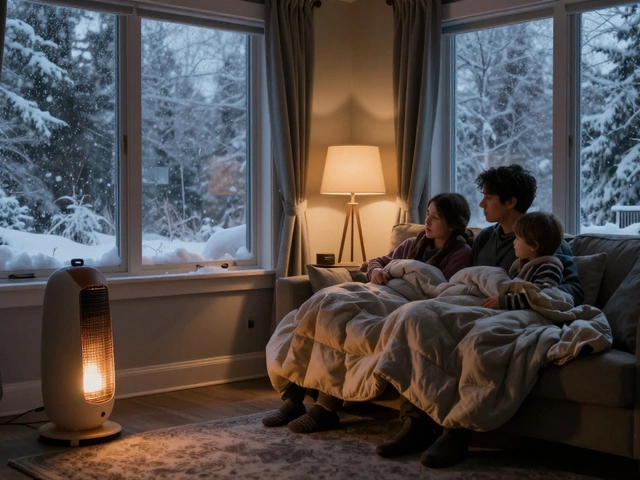How to Troubleshoot Everyday Appliances Like a Pro
When your washing machine stops spinning or the fridge stops cooling, the first instinct is to call a technician. But a lot of issues can be figured out at home before you pick up the phone. Below you’ll find practical steps that work for most common appliances. Follow them, save money, and avoid unnecessary service calls.
Why DIY Troubleshooting Saves Money
Most appliance failures start with a simple problem—clogged filters, loose connections, or a tripped safety switch. Identifying the root cause yourself means you only order the exact part you need, instead of paying for a full diagnostic. It also shortens downtime; you can often fix the issue while you wait for a replacement part.
Another benefit is learning how your appliances work. Understanding the basics makes it easier to spot warning signs early, like strange noises or slow performance. Early detection prevents small issues from becoming big, costly repairs.
Top Quick Fixes for Everyday Appliances
Refrigerator not cooling: First, check the thermostat setting and make sure the door seals are clean. Remove any food that blocks the vents. If the coils behind the fridge are dusty, vacuum them gently. Often a dirty coil is the culprit.
Dishwasher won’t drain: Look at the filter at the bottom of the tub. Food debris can clog it, causing water to stay inside. Clean the filter, then run a short cycle. If the problem persists, inspect the drain hose for kinks.
Washing machine won’t spin: Uneven loads can throw the machine off balance. Try redistributing the clothes evenly. If the door latch sounds broken, unplug the machine, wait a minute, then plug it back in. A reset can clear a temporary error.
Oven not heating: Make sure the heating element isn’t visibly broken or covered in grime. Turn the oven off, let it cool, then clean any food residue with a damp cloth. If the element still looks fine but the oven stays cold, it may be an electrical issue that needs a pro.
Water heater reset button keeps tripping: This usually means the heater is overheating. Check the thermostat setting—most homes use 120°F (49°C). Lowering it can stop repeated resets. If the heater still trips, sediment buildup may be the cause; a flush of the tank often helps.
These quick checks cover more than half of the common faults you’ll encounter. If you try them and the problem continues, it’s time to note the symptoms and call a qualified repair service.
When you do call a professional, give them the details you discovered. Mention the exact error code (if any), the steps you’ve already taken, and any odd sounds you heard. Technicians can diagnose faster and may even charge less because they skip the basic inspection.
Remember, safety comes first. Always unplug appliances before opening panels, and never attempt repairs you’re unsure about. If a repair involves gas, electrical wiring, or sealed components, let a certified expert handle it.
By mastering these simple troubleshooting steps, you’ll keep your home running smoothly and avoid surprise repair bills. Keep this guide handy, and next time an appliance acts up, you’ll know exactly where to start.
Is Your Electric Stove Element Acting Up?
- Alden Wilder
- Mar 27 2025
- 0 Comments
Trying to figure out if your electric stove element is failing? This article guides you through the signs of a faulty element, troubleshooting tips, and practical advice for maintaining your stove. Discover common symptoms, from uneven cooking to strange noises, that indicate it's time for a replacement. Learn about safety precautions and uncover interesting facts about electric stovetops. Equip yourself with the knowledge you need to keep your cooking experience hassle-free.
View More